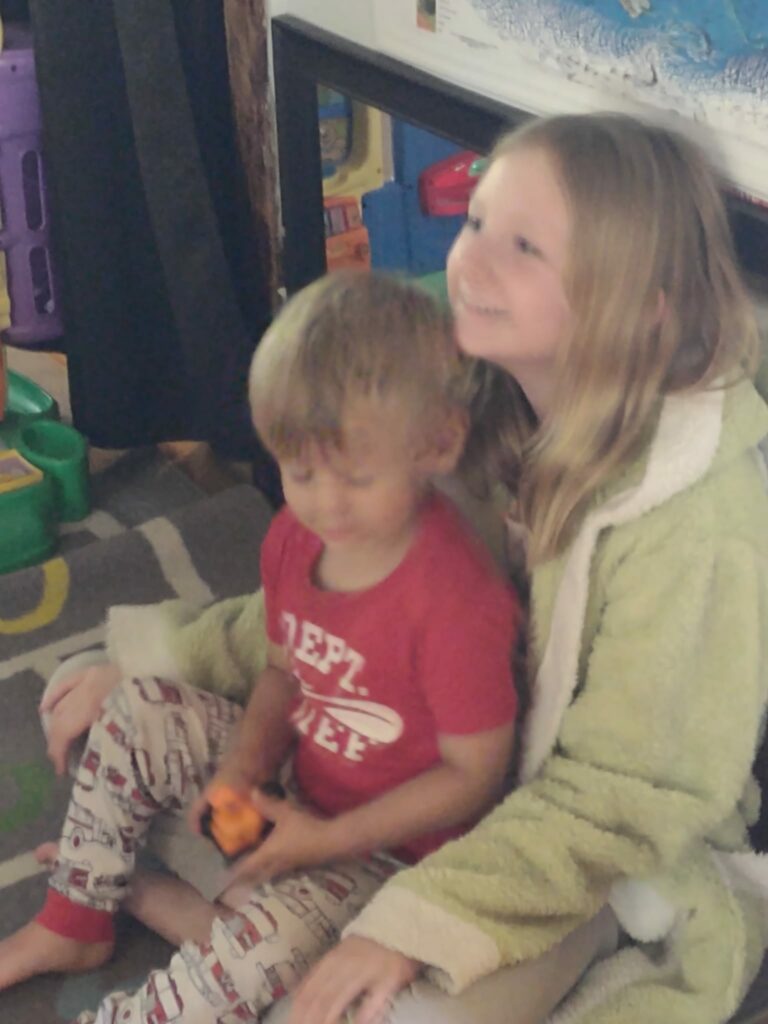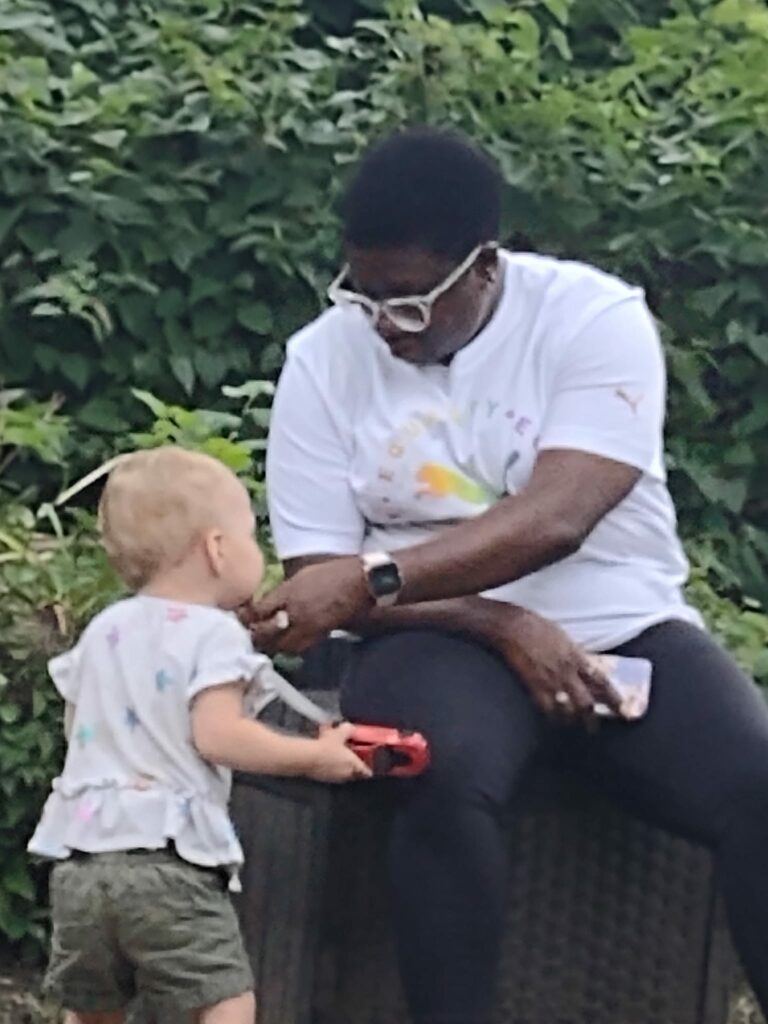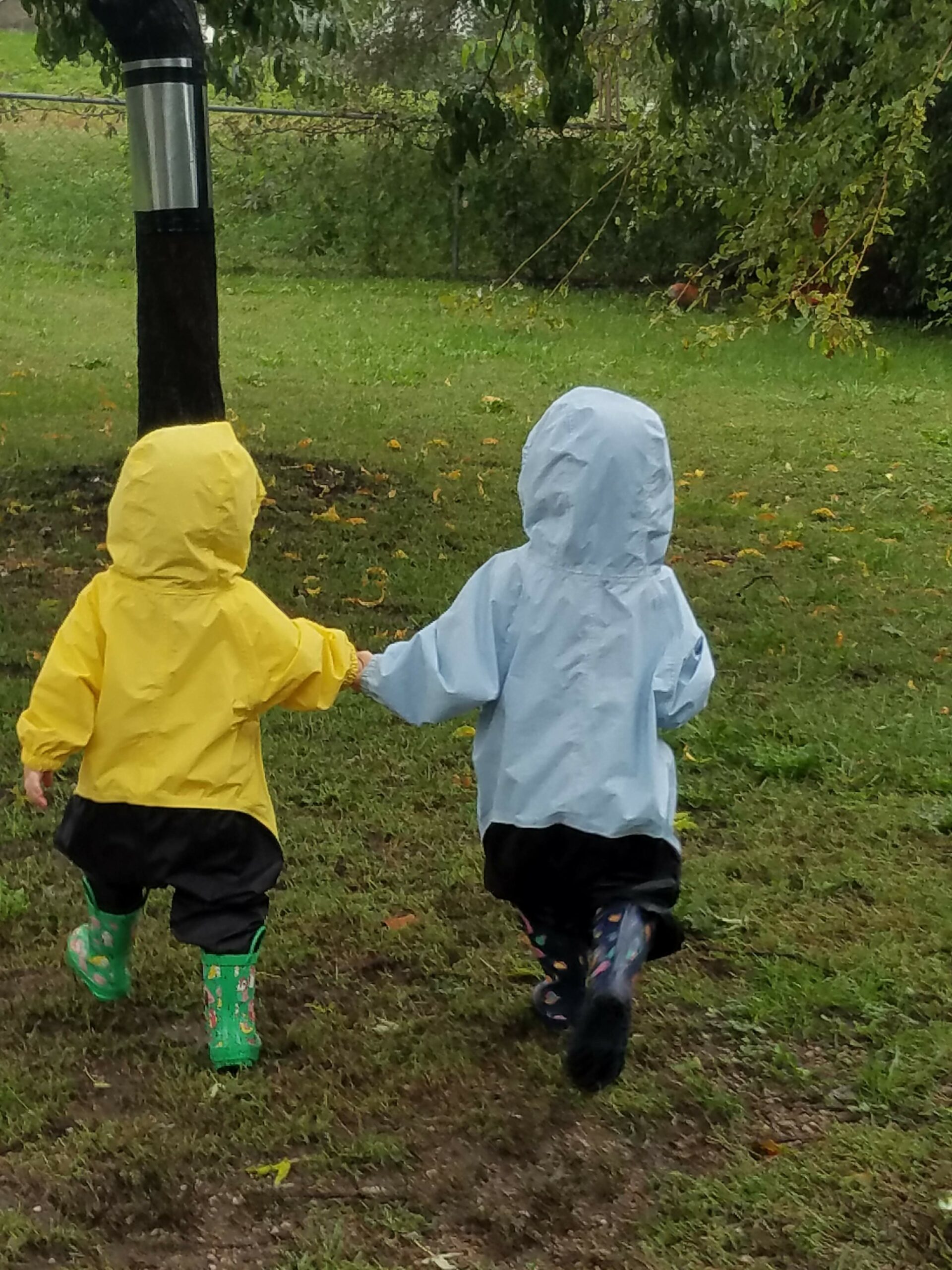When we decided to reopen in May of 2022, we put in place recommended Covid precautions, which included having all staff members wear masks.
Most of our students have been with us for awhile and we knew they would be alright with us wearing masks but we had infants scheduled to start and we had some concerns about that. I spoke with other directors and with teachers and everyone was expressing the same concern.
We worried that it would be difficult for them to get to know us and trust us with half our faces covered. We worried that they would have a hard time with language development because they could not see our mouths to mimic our movements. I love having babbling conversations with infants and was worried that the mask might hinder that. Basically we worried about a lot of things but we knew that we had no choice, we needed to keep everyone safe, that was our first priority, so we needed to wear masks.
There was no need for us to worry. As often happens, we were not giving infants/toddlers enough credit.
They have had no trouble getting to know us and telling us apart. They can tell our faces by our eyes and eyebrow shapes. They can tell us apart by our voices. When a new teacher comes into the room and greats the little ones, their faces light up.
They have not had trouble with language development. For one thing, they see their parents faces at home and can see their mouths move. For another, they are adapting and focusing more on the different sounds they hear than on the movement of our mouths. I can still have babble conversations with the infants and while they can’t see my mouth as I make new sounds, they still try to mimic the sounds I make and laugh when I make the same sound they are making.
In the four months that we have been open, three infants have started in our program and there has not been any difference in how they have adjusted than infants in the past.
We also have toddlers who are starting to mimic words and the masks don’t seem to be limiting their understanding at all.
So, while wearing masks may not be ideal, it is not turning out to be the problem many of us thought it would.
When you have staff who love their job and the children they care for, masks can’t hide that and the children know it.










